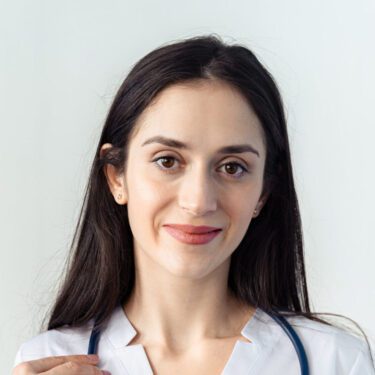Varicose Vein Treatment Recovery
Varicose veins occur when the valves in the veins pump blood insufficiently. This can cause the vein to protrude out from under the skin and can cause an unusual appearance and even discomfort or pain. Varicose veins are mostly found in the legs and feet but can occur in other regions of the body. They most often occur in the legs and feet because gravity places strain on the veins and heart while they try to circulate blood through the body.
If you’re struggling with varicose veins, then a vein and vascular specialist may be right for you. Vein centers can provide quick and minimally invasive vein solutions with modern technology, designed to relieve you of your pain and discomfort. Here’s more on varicose vein procedures, provided by board-certified physicians.
Details on varicose vein procedure recovery time
- The term “procedure” — One of the most important things to emphasize right off the bat is that the word “procedure” is misleading for most patients in need of varicose vein treatment. Procedures for veins are minimally invasive and relatively painless. They mostly include sclerotherapy and radiofrequency ablation and are provided with localized anesthetics.
- Procedure time — The procedures are generally completed very quickly. In most cases, they can be performed within 15 minutes to one hour.
- After the procedure — After your procedure, you can return to work or normal activities with minimal discomfort. Your leg will be wrapped in a bandage, which you’ll only have to wear the first day after the procedure. You’ll also be recommended compression socks. Within seven to 10 days, you can return to physically intensive exercise. Some common feelings after the procedure include cramping, tightness, swelling and bruising.
Improve your vascular health in other ways
It’s important to give your veins appropriate care after treatment to promote good vein health in the future. To keep them healthy, here are some helpful tips:
- Eat a potassium-rich diet — Potassium is good for your vein health. Consider speaking with a dietitian about incorporating potassium-rich foods into your diet.
- Exercise regularly — Exercise helps promote blood circulation and supports vascular health. Try to get at least some exercise every day.
- Elevate your legs — Varicose veins most often appear in the legs. Elevating your legs can help provide your veins with relief. This can be super helpful if you’re in a job that involves standing or sitting for long periods of time.
- Wear compression socks — Those compression stockings — or compression socks — that were mentioned regarding aftercare can be used anytime to give your legs support and promote blood flow.
Contact us for your vein treatments
You don’t have to continue worrying about symptoms of vein conditions that are making your life more difficult. Our vein specialists at United Vein & Vascular Centers are here to help you. Each of our team members understands the uncertainty and discomfort that vein problems can lead to, and that’s why they’re committed to helping you better understand your condition, your symptoms, and the options you can use to address them.
Our specialists can also help you find the most effective treatment option for your vein condition and include it in a comprehensive treatment plan that’s designed to:
- Reduce your symptoms.
- Improve your ability to walk and perform other normal daily tasks.
- Increase your overall quality of life.
Contact us today to learn more about your vein condition and the ways it can be treated or to set up an initial appointment.
